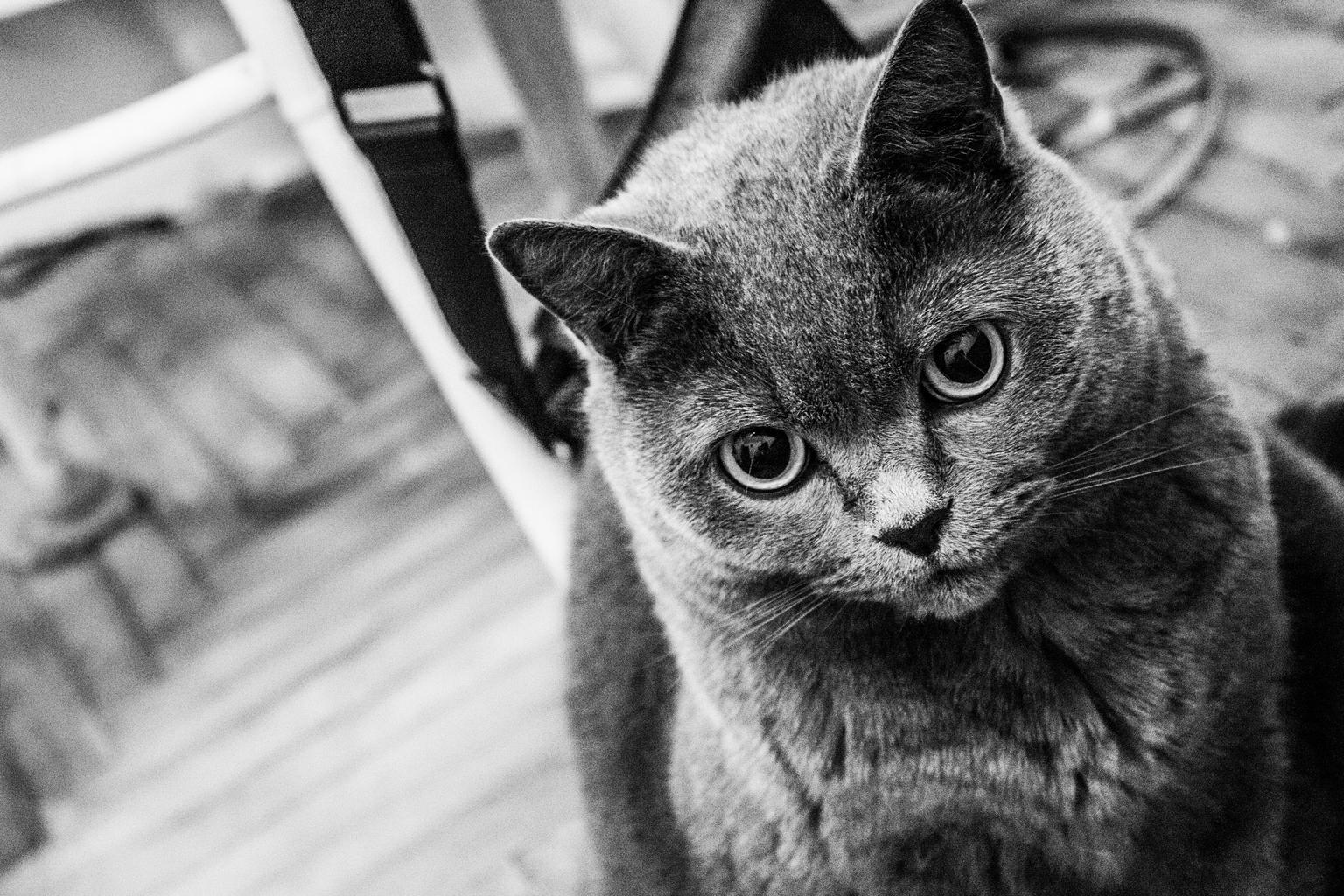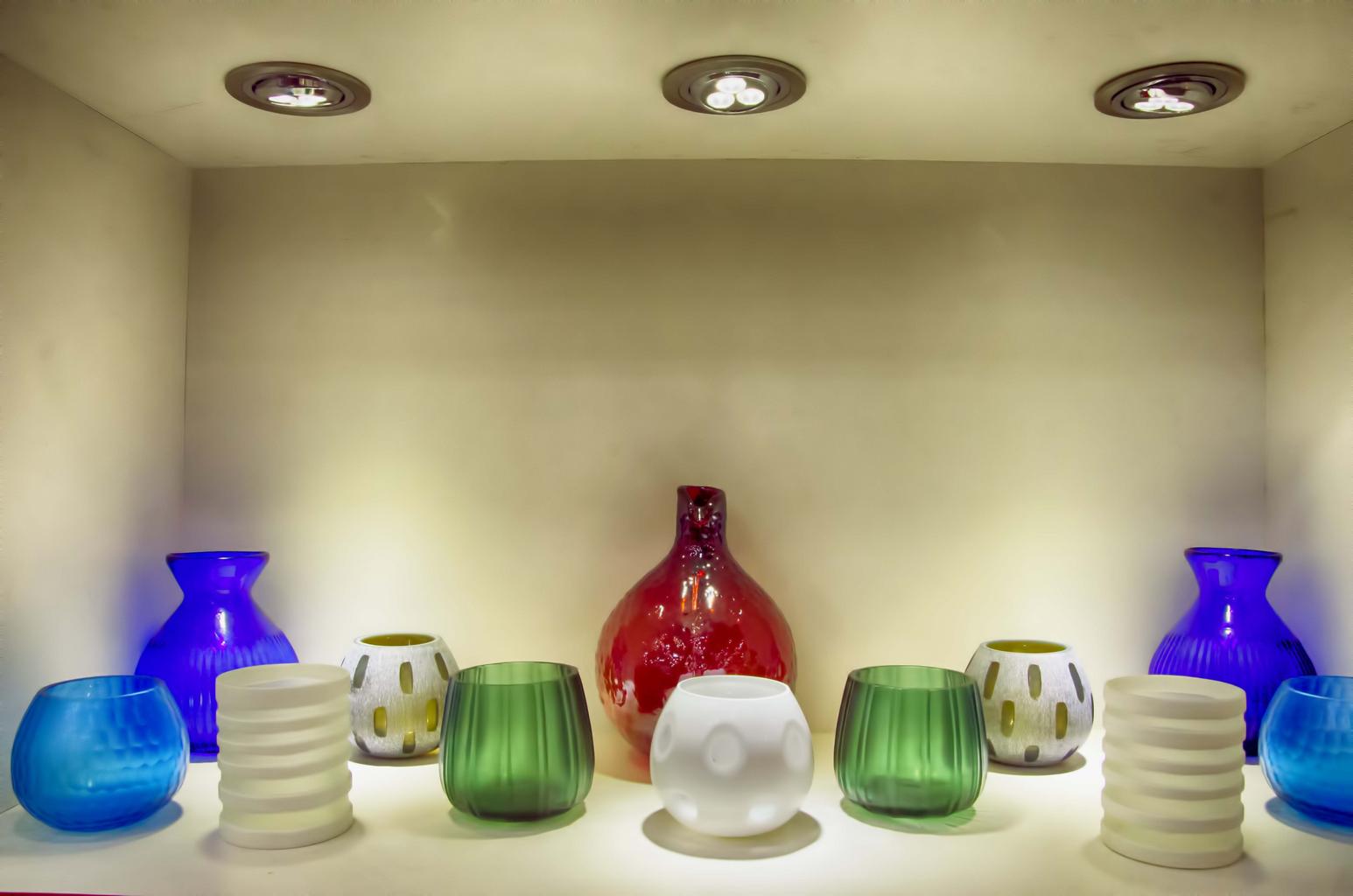Introduction
In the realm of visual storytelling, portrait photography stands as one of the most profound forms of artistic expression. Whether you’re a seasoned photographer or an enthusiastic beginner, mastering the art of portraiture can open doors to engaging narratives that resonate on a personal level. This article delves into engaging art photography techniques for captivating portraits, offering insights that blend both technical skills and creative flair. From aesthetic self-portrait photography to contemplative images that provoke thought, we’ll explore various approaches, styles, and methodologies that elevate your portrait game to new heights.

Engaging Art Photography Techniques for Captivating Portraits
Portrait photography is more than just taking pictures; it’s about capturing the essence of an individual. The techniques employed can drastically change the mood, emotion, and aesthetic quality of the portraits. Below, we’ll explore various techniques and styles that can help you create portraits that are not only visually stunning but also deeply meaningful.
Understanding Aesthetic Self Portrait Photography
Self-portraits have gained popularity in recent years, allowing photographers to express their inner world while honing their craft. Aesthetic self-portrait photography involves creating images where the subject (often the photographer themselves) is depicted in a way that emphasizes beauty, emotion, and individuality.
Emphasizing Composition
Composition plays a crucial role in aesthetic self-portrait photography. Utilize principles such as the rule of thirds, leading lines, and framing to direct the viewer's eye towards the subject. Experimenting with different angles can also yield unique results.

Lighting Techniques for Self-Portraits
Lighting is essential in any form of photography but especially vital in self-portraiture. Natural light can add warmth and authenticity to your images, while artificial lighting can help achieve specific moods or effects.
Exploring Contemplative Photos
Contemplative photography invites viewers to pause and reflect upon what they see. It emphasizes mindfulness and often incorporates elements that evoke introspection.
What is Contemplative Photography?
Contemplative photography focuses on seeing beyond mere aesthetics; it encourages photographers to look deeply at their surroundings and capture moments that resonate with their emotions or thoughts.
Creating Aesthetic Photos to Print
The transition from digital screens to physical prints can enhance the appreciation of art photography. When preparing your work for print, consider factors such as size, resolution, paper type, and framing options.
Choosing the Right Paper Type
Different paper types produce varying textures and colors in prints. Glossy papers often enhance color vibrancy while matte finishes tend to soften images—a choice heavily dependent on your artistic vision.
Aesthetic Photos Wall: Curating Your Space
An aesthetic photos wall can serve as a powerful visual narrative within one's home or studio space. By carefully selecting prints, you can create an environment that reflects your personality and artistic journey.
How to Hang a Large Canvas?
Hanging large canvases requires careful planning:
Determine Height: Ideally hang artwork at eye level. Use Proper Hardware: Ensure sturdy hooks or anchors based on weight. Create Spacing: Keep consistent spacing between multiple pieces for balance.Faceless Self Portrait Ideas
Faceless self-portraits offer a unique approach by shifting focus away from facial features toward other elements like hands or clothing, often symbolizing anonymity or universal experiences.
Symbolism Through Objects
Incorporating objects into faceless self-portraits can convey messages without relying on facial expressions—think about items that represent hobbies or emotional states.
Abstract Self Portrait Photography Techniques
Abstract self-portrait photography allows artists to explore identity through unconventional means—whether through distortion or unusual perspectives.
Utilizing Reflections and Shadows
Playing with reflections in mirrors or water surfaces creates intriguing layers within portraits. Shadows can also introduce dramatic contrasts enhancing the overall impact.
Capturing Aesthetic Colorful Portrait Photography
Color plays a significant role in evoking emotion within portraits; understanding color theory will allow photographers to manipulate hues effectively for desired outcomes.
Using Color Palettes Effectively
Consider creating harmonious color palettes by combining complementary colors within your subject’s attire against background elements—this approach will enrich visual storytelling.
Fine Art Photography vs Traditional Portrait Photography
Fine art photography transcends conventional portrait approaches by integrating artistic concepts into its execution—a blend of creativity with technical prowess results in profound imagery.
Defining Your Artistic Voice
To stand out as an art photographer requires finding your unique style; experiment with various techniques until you discover what resonates with you personally—embrace this journey!
Art Photographers Who Inspire Us Today
Studying influential artists’ works provides invaluable lessons—and inspiration! Explore renowned photographers known for their impactful portraiture styles—from Annie Leibovitz's celebrity captures to Yousuf Karsh's timeless elegance.

Why Do Many Contemporary Printmakers Prefer Linocut to Woodblock Printing?
Linocut offers several advantages over traditional woodblock methods:
Easier Carving Process Cost-effective Materials Consistent ResultsThese factors contribute towards linocut’s growing popularity among modern printmakers seeking efficiency without compromising artistry!
FAQ Section
What is considered a good portrait photo?- A good portrait photo captures not only physical likeness but also conveys personality and emotion through composition, lighting, and context.
- Select locations relevant to your subject's interests or stories; consider natural settings like parks alongside urban backdrops depending on desired themes.
- While high-quality cameras are essential (DSLR/mirrorless), invest in lenses suited specifically for portraits alongside external flash units if necessary.
- Absolutely! Positioning subjects near windows creates beautiful soft lighting ideal for capturing flattering portraits indoors.
- Editing enhances final images by adjusting exposure levels while refining colors—aiming always towards enhancing artistic expression rather than altering reality excessively!
- Build an online portfolio showcasing diverse styles; utilize social media platforms actively engaging potential clients through regular content updates!
Conclusion
Mastering engaging art photography techniques for captivating portraits takes time but rewards you with powerful visual narratives capable of resonating deeply with viewers across cultures and contexts alike! Continue exploring new methods while staying http://openreflections227.theglensecret.com/innovative-ways-to-display-rare-home-interior-pictures true yourself creatively—the journey itself becomes just as rewarding as capturing those mesmerizing moments behind each lens click!